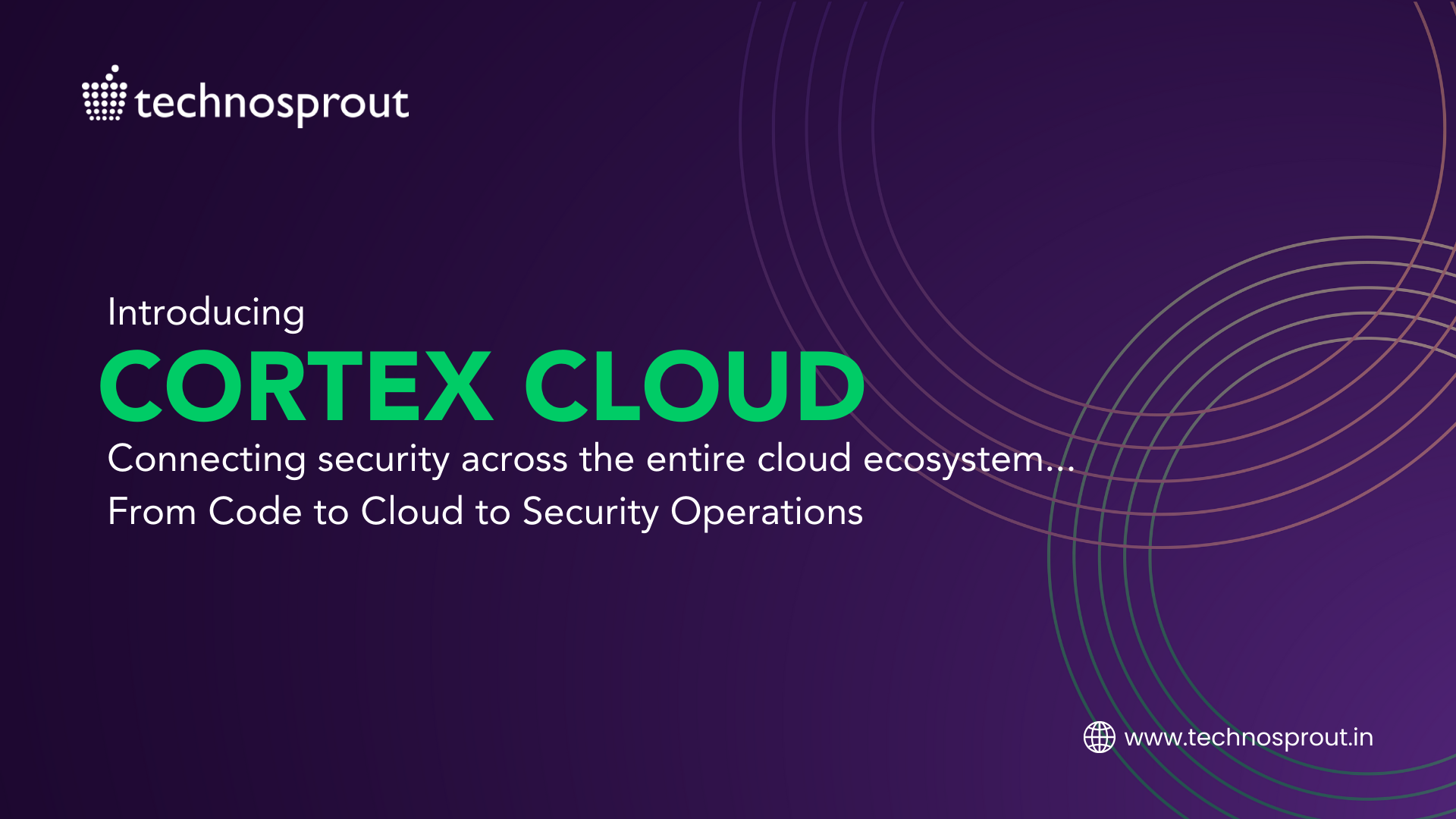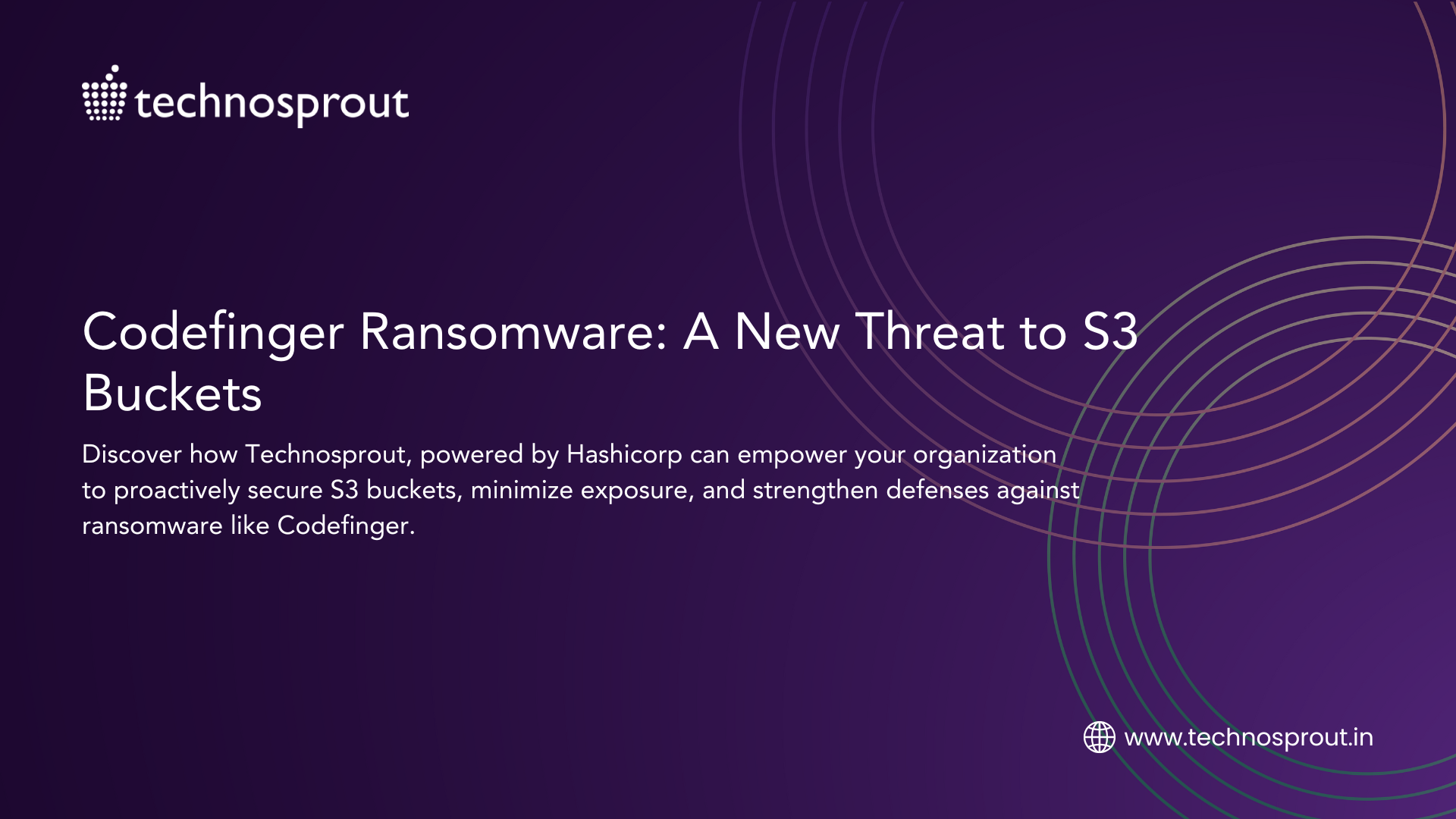“Your security model will fail sooner or later, if you are still defining security along IP addresses, ”
Traditionally used security measures are no longer useful in today’s times. Disruptive technologies such as clouds, containers and microservices have transformed the approach taken for enterprise security.
As businesses move to cloud computing, employees are able to access work-related applications and corporate networks from any internet connected device. In this new landscape, perimeter Firewalls with some form of intrusion prevention/detection (IPS/IDS) system and End-point Protection products do not hold good anymore.
“Perimeter is where your workload is”
With remote workers, third-party vendors, distributed offices, mobile and cloud deployments the fundamental unit of access in most cases is identity.
In the cloud environment, an identity, in the form of a username and password or access credentials can get access to the services and resources in the cloud. That same identity grants the same access to an attacker who has the credentials.
Hence, identity becomes the new security perimeter.
Securing your Identity
With the increase in the number of users and IoT devices accessing the cloud and SaaS, the attack surface has increased as well. Firewall is no longer sufficient to protect your data. Hence it becomes important for you to account for what your identities can do.
Identity has the ability to secure your organization’s resources. Also, it provides flexibility to the users to access the cloud resources using any device and from any location. It is important to securely manage access to company resources from mobile, laptops, tablets and other devices, especially where staff are permitted to use personal devices (i.e. BYOD, BYOT and the IoT).
Identities and their credentials are considered to be a major vulnerability. Nearly all advanced attacks involved stolen credentials. Whenever possible, the attackers go after privileged credentials. So companies seek to reinforce new identity perimeters by extending their IAM (Identity and Access Management) solution visibility and control to privileged users, applications and access entitlements.
IAM is the most common form of building security through identity. It should provide users with visibility and control of access permissions for applications. Defining the application access permissions is the key, as well as enforcing any permission changes to ensure the application can only access authorized assets.
Also, the usage of open identity standards improve security through authentication, authorization, and provisioning using various standards including SAML (Security Assertion Markup Language), OAuth and SCIM (System for Cross-Domain Identity Management).
In the Zero Trust model, identity is still important and at every stage of a client or host connection, it has a security boundary. This boundary ensures that a request is valid and authorized to proceed. This model does not rely on implicit trust after the correct username and password or access token has been provided. With zero trust by definition everything is untrusted and needs to be checked before granting access..
“Trust no one, Suspect Everyone”
With Zero Trust, the risk from a data breach in which user identities are stolen can be reduced because the identities are not always trusted by default.
“Where today’s security approaches fail to protect data, Zero Trust is the best, most modern way to keep your network secure.”
– John Kindervag, VP and Principal Analyst at Forrester
Conclusion
Using Identity as your security perimeter you can reduce the complexity of the existing security stack. When you focus on the identity, you hit the root of the security which ensures that the people who are accessing your network are who they claim to be. Thus, the risk of hackers breaching your system is reduced.
If you have not made the switch to Identity centric security you should do so immediately. Protecting your company’s data against any suspicious activity or threats is of utmost importance and is worth the investment. Securing the identity perimeter must be the first layer in your security system. If you can protect your identities, you have a better shot at protecting your endpoints and network.
To know more visit our website www.technosprout.in






14 Responses
Your point of view caught my eye and was very interesting. Thanks. I have a question for you.
Thanks for sharing. I read many of your blog posts, cool, your blog is very good.
Thank you for your sharing. I am worried that I lack creative ideas. It is your article that makes me full of hope. Thank you. But, I have a question, can you help me?
Thank you for your sharing. I am worried that I lack creative ideas. It is your article that makes me full of hope. Thank you. But, I have a question, can you help me?
Thanks for sharing. I read many of your blog posts, cool, your blog is very good.
I don’t think the title of your article matches the content lol. Just kidding, mainly because I had some doubts after reading the article.
Can you be more specific about the content of your article? After reading it, I still have some doubts. Hope you can help me.
Thank you for your sharing. I am worried that I lack creative ideas. It is your article that makes me full of hope. Thank you. But, I have a question, can you help me?
Your article helped me a lot, is there any more related content? Thanks!
Cool blog! Is your theme custom made or did you download it from somewhere?A design like yours with a few simple tweeks would really make my blog stand out.Please let me know where you got your theme. Many thanks
Your point of view caught my eye and was very interesting. Thanks. I have a question for you.
Can you be more specific about the content of your article? After reading it, I still have some doubts. Hope you can help me.
I don’t think the title of your article matches the content lol. Just kidding, mainly because I had some doubts after reading the article.
Greetings from Carolina! I’m bored to death at work so I decided to browse your website on my iphone during lunch break. I love the knowledge you provide here and can’t wait to take a look when I get home. I’m amazed at how fast your blog loaded on my mobile .. I’m not even using WIFI, just 3G .. Anyways, good blog!